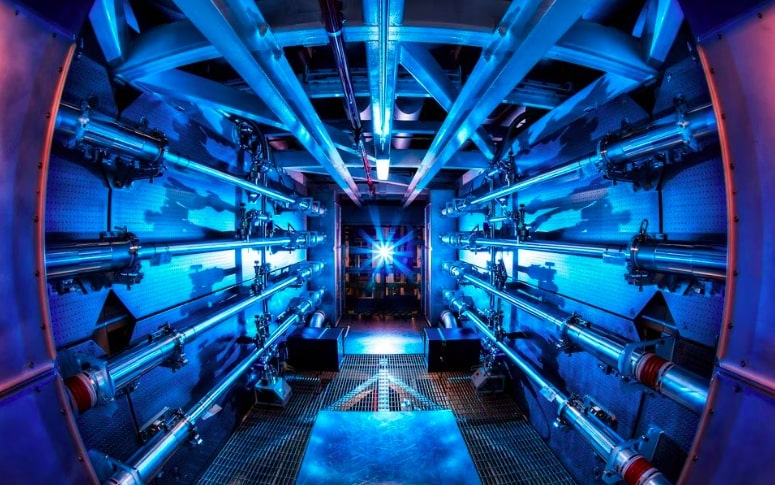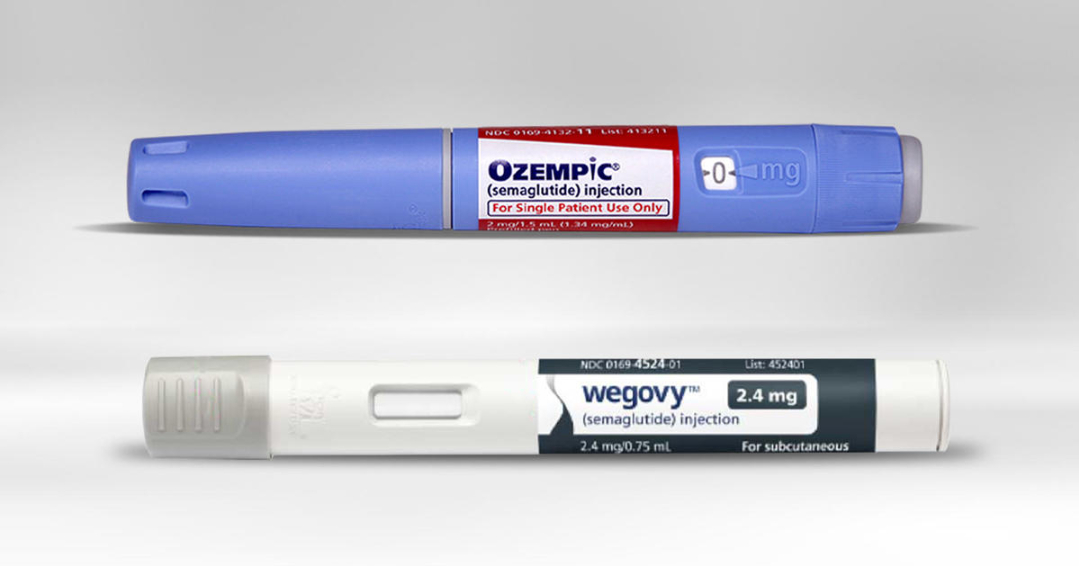Superconductor breakthrough or nah? An electric claim has energized the scientific community

Image: Globe Echo
Late last month, a team of Korean scientists published two preprint studies claiming to have developed a material, called LK-99, that can act as a superconductor at room temperature and ambient pressure – one of the holy grails of physics.
This kicked off a race in which researchers around the world are competing to be the first to reproduce the potentially breakthrough results, which could usher in an era of ultra-efficient electrical grids, superpowered computer chips, and high-speed trains that levitate using magnets.
⚡ Some quick background: A superconductor is a material that conducts electricity with near-zero resistance, meaning virtually none of the energy is lost as electricity travels through the material.
- Dating back to 1911, scientists have discovered a wide range of metallic alloys, ceramics, and other materials that can act as superconductors – but only when cooled to extremely low temperatures (below -452°F), or subjected to extremely high pressures.
- These limitations mean superconductors are difficult and expensive to incorporate into most products and services. So for now, they’re only utilized in some larger technologies like MRI machines, cell phone towers, energy particle accelerators, and quantum computers.
But, but, but: that could soon change if scientists are able to consistently replicate the results from last month’s preprint studies, which claim to have created a room-temperature superconductor using two fairly common lab ingredients (lanarkite and copper phosphide).
🧑🔬 How are things going?... Short answer: not so great. Two preprint studies published last week couldn't replicate the breakthrough results, while a third study reported creating LK-99 and measuring zero electrical resistance – but only at temperatures below -260°F.
- On the theory side, four preprint studies calculated the electronic structure of LK-99 and found some features associated with superconductivity, but no evidence it could do so at room temperature and/or ambient pressure.
📝 Bottom line: If the initial claim ends up a hoax, it wouldn’t be the first time. But experts say none of the studies published thus far are conclusive proof in either direction – so stay tuned for future developments.
Share this!
Recent Science & Emerging Tech stories

Science & Emerging Tech
| August 8, 2023There’s been another nuclear fusion breakthrough
⚛️⚡ On July 30, scientists at the US Department of Energy achieved a net energy gain in a nuclear fusion reaction – the holy grail of energy production – for the second time in history.

Science & Emerging Tech
| July 25, 2023The global space economy is growing like bathtub animals
🚀📈 Per a new report from the Space Foundation, a leading space nonprofit, the global space economy is expected to increase 41% over the next five years to reach ~$770 billion.

Science & Emerging Tech
| July 12, 2023The little-talked-about downsides of popular new weight loss drugs
💉 By now you’ve probably heard of Ozempic, which is part of a new class of weight loss drugs that everyone and their mother seem to be taking. But not much has been written about their downsides – or potential side effects.
You've made it this far...
Let's make our relationship official, no 💍 or elaborate proposal required. Learn and stay entertained, for free.👇
All of our news is 100% free and you can unsubscribe anytime; the quiz takes ~10 seconds to complete